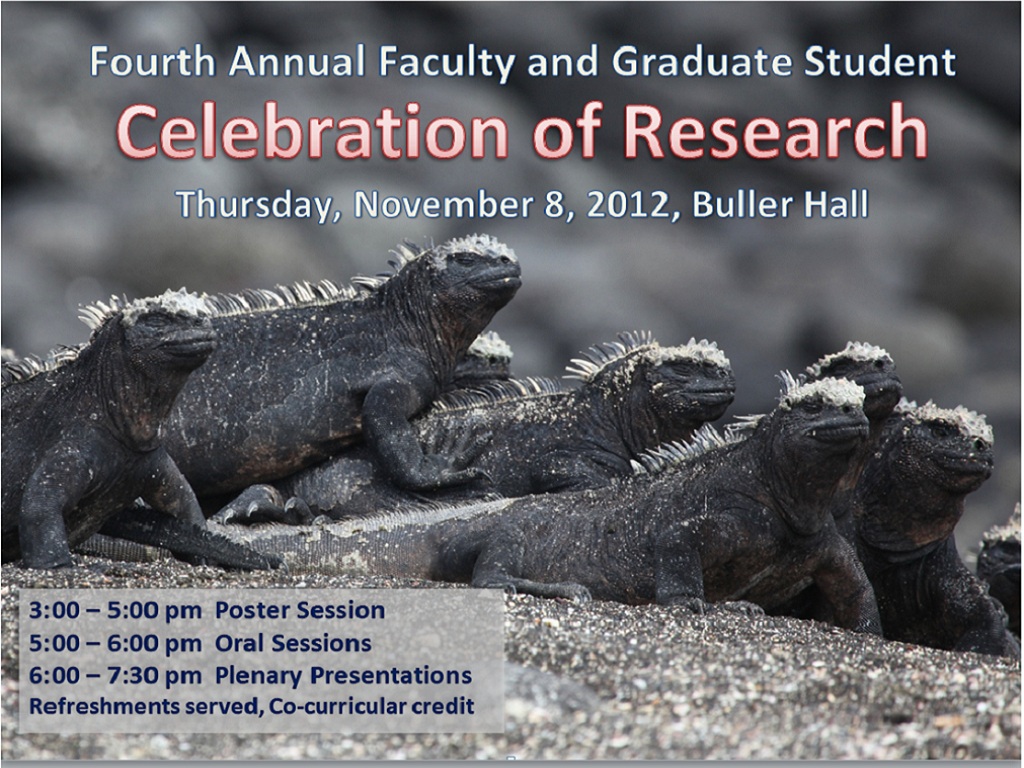P-10 Differentiating math and test anxiety, results from two samples
Presenter Status
Department of Educational & Counseling Psychology
Location
Buller Hallway
Start Date
8-11-2012 3:00 PM
End Date
8-11-2012 5:00 PM
Presentation Abstract
Differentiating math anxiety from test anxiety has been difficult since researchers have typically used measures of math anxiety that are based on a test anxiety conceptual base. In our study, we investigated children from two different studies. In the first study, 341 children, aged 9-11 years from rural Northeastern Indiana while the second study was comprised of 523 children, aged 9-12 years from a diverse Northeastern Indiana school district. Exploratory factor analysis indicated In the first study a 3-factor model for the NMAQ/MASC/CTAS, explained 44.97% of the total variance and was comprised of General Math Anxiety, Worry, and Off-task Behaviors. Items from the math anxiety questionnaires loaded on the same factor while items from the test anxiety questionnaire loaded on the remaining two factors. In the second study, a 4-factor solution was deemed the best fit. The conclusion seems to be that math anxiety is unidimensional and different from test anxiety.
P-10 Differentiating math and test anxiety, results from two samples
Buller Hallway
Differentiating math anxiety from test anxiety has been difficult since researchers have typically used measures of math anxiety that are based on a test anxiety conceptual base. In our study, we investigated children from two different studies. In the first study, 341 children, aged 9-11 years from rural Northeastern Indiana while the second study was comprised of 523 children, aged 9-12 years from a diverse Northeastern Indiana school district. Exploratory factor analysis indicated In the first study a 3-factor model for the NMAQ/MASC/CTAS, explained 44.97% of the total variance and was comprised of General Math Anxiety, Worry, and Off-task Behaviors. Items from the math anxiety questionnaires loaded on the same factor while items from the test anxiety questionnaire loaded on the remaining two factors. In the second study, a 4-factor solution was deemed the best fit. The conclusion seems to be that math anxiety is unidimensional and different from test anxiety.



